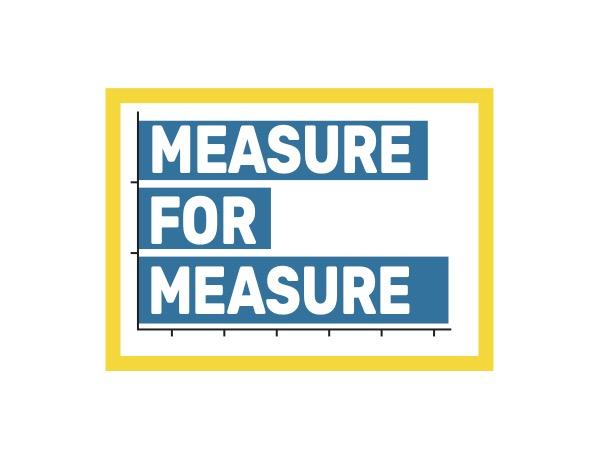A Spanish Economist Gifts the United States with Insights on Cultural Participation

The 22nd International Conference on Cultural Economics hummed along nicely—with one conspicuous absence. Victoria (“Vicky”) Ateca-Amestoy, who died unexpectedly in December 2022, was much missed by the very community she had helped to shape. Over the years, Ateca-Amestoy contributed a series of landmark research papers about arts participation, including cultural heritage engagement and other topics. During last week’s conference, held at Indiana University in Bloomington, Indiana, the organizers mounted a tribute at which friends and colleagues recognized her brilliance and personal warmth and kindness.
Though I never met Ateca-Amestoy in person, we had corresponded many times. At one point, all the way from the University of the Basque Country in Spain, she had given one of our analysts some tips on using the U.S. Bureau of Labor Statistics’ American Time Use Survey! In this country, researchers have benefited particularly from her studies based on the NEA’s Survey of Public Participation in the Arts (SPPA).
Most recently, in a special issue of American Behavioral Scientist focused on “inequities in the arts,” Ateca-Amestoy and her close colleague, Juan Prieto-Rodriguez—from Spain’s University of Oviedo—published a new article using SPPA data. The article, which appeared online last month, traces similarities and differences in the profiles of arts participants at in-person versus digital activities. The special issue is edited by Joanna Woronkowicz and Doug Noonan, as part of a NEA Research Lab at Indiana University.
The article explores the premise that in the United States, digital technologies have reduced inequities in arts participation across different socio-demographic and geographic subgroups. Do growing opportunities for virtual engagement with the arts translate to more equitable opportunities for cultural participation more broadly? In the wake of COVID-19, with many arts venues still assessing whether and how they will keep substituting or complementing in-person opportunities with online options, the question is timely.
The researchers use data from the 2017 SPPA to construct composite measures—indexes—of “total inequality in cultural access.” (As explained here, data are still forthcoming from the 2022 SPPA.) Inequality indexes, they note, are common fare for health economists. Here, the indexes allow researchers to measure degrees of inequality within and between different forms of arts participation, and to understand how inequality shows up by race, education level, and urban or rural status.
The main conclusion is sobering: “access to culture,” the authors write, “is very inequitably distributed in the United States, regardless of the activity considered or the means of access to it.” Further, with the exception of popular music-listening and movie-going, “differences in inequality of access” across different art forms “are relatively small.” Yet literary arts activities show the “highest observed inequality.” With the exception of visual art-making, comparably higher levels of inequality are also seen for personal arts creation and performance.
What does all this mean for digital access to arts and culture? “The pattern of digital participation is remarkably similar to the pattern of physical participation,” the researchers find. Specifically, “it does not appear that digitally accessed activities present significantly lower levels of inequality than equivalent or similar live activities in a systematic way.” Where virtual engagement with the arts is concerned, some of the inequalities can be attributed to the digital divide—e.g., gaps in broadband access in rural versus urban areas. But the article’s sleeper finding, which the authors call “the most important conclusion of the paper,” is that inequalities in “cultural access” (both in-person and digital) cannot be explained primarily by geographic variation or by racial differences. Rather, educational level remains the most important factor in accounting for access to arts and cultural opportunities—whether in-person or digital.
Does this mean race is irrelevant in explaining differences in arts participation patterns? Far from it. Instead, “when the effect of education and race is considered simultaneously, inequality between groups increases significantly regardless of location,” the authors state, suggesting “an indirect transmission mechanism of these inequalities [in cultural access] through racial differences in access to education.” After all, they reason, “unequal educational attainments by racial groups are the main factor perpetuating other observed social inequalities.”
The article thus contributes to previous literature revealing the long-term costs that arise from unequal provision of education—and arts education—to different demographic subgroups. In this case, the cost is measured by inequitable access to arts and cultural opportunities later in life. Ateca-Amestoy and Prieto-Rodriguez are to be thanked for this study, and so is the Spanish Ministry of Economy, Industry and Competitiveness for supporting it.




